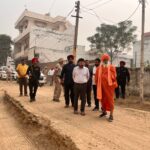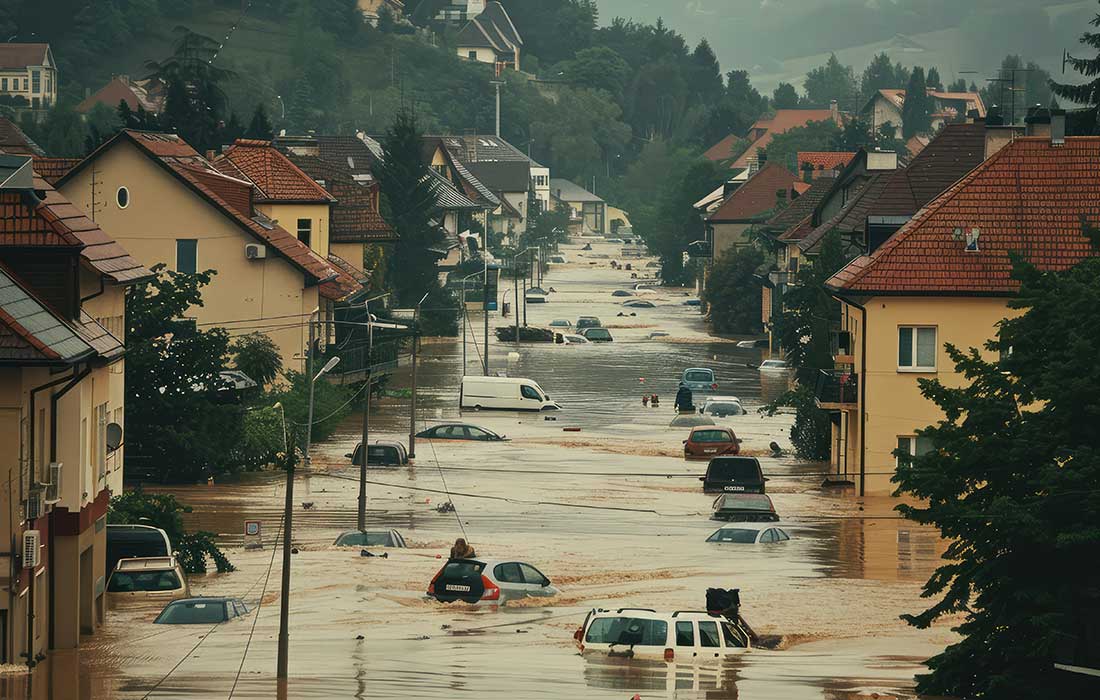India is experiencing an increasing number of extreme weather events due to climate change, significantly impacting the lives of its citizens. These extreme weather conditions, such as intense floods and severe droughts, are forcing people to leave their homes and migrate to safer areas in search of better living conditions and job opportunities. This phenomenon, known as environmental migration, is compounding existing socioeconomic challenges, including access to healthcare, education, and employment.
The frequency and intensity of these weather events have been on the rise in recent years, making it difficult for affected populations to recover between incidents. For example, regions like Bihar and Assam face annual flooding, while states like Maharashtra and Karnataka struggle with prolonged droughts. These recurring events not only displace communities but also strain local resources and infrastructure.
The migration induced by these extreme weather conditions is creating a ripple effect throughout the country. Rural areas are seeing a decline in population, which affects agricultural productivity and local economies. Meanwhile, urban areas are experiencing an influx of migrants, leading to overcrowded cities, increased demand for housing, and pressure on public services. The migrants often end up in informal settlements with inadequate access to clean water, sanitation, and healthcare, exacerbating public health issues.
Moreover, the loss of homes, livelihoods, and social networks due to environmental migration is taking a toll on mental health. The psychological stress of displacement, coupled with the uncertainty of the future, is contributing to an increase in mental health disorders among the affected populations.
Children are particularly vulnerable in this scenario. Displacement disrupts their education, leading to higher dropout rates and reduced future opportunities. Additionally, the lack of stability and security can have long-term effects on their development and well-being.
The Indian government, along with various non-governmental organizations, is working to address these challenges. Efforts are being made to improve disaster preparedness and response, enhance infrastructure resilience, and provide support to affected communities. However, the scale of the problem requires a concerted effort at both the national and international levels.
Climate change projections indicate that the situation could worsen in the coming decades. According to a World Bank report, around 40 million people in South Asia could be forced to migrate due to climate change by 2050, with a significant portion coming from India. This underscores the urgent need for comprehensive policies that address the root causes of climate change and provide sustainable solutions for those affected.
















